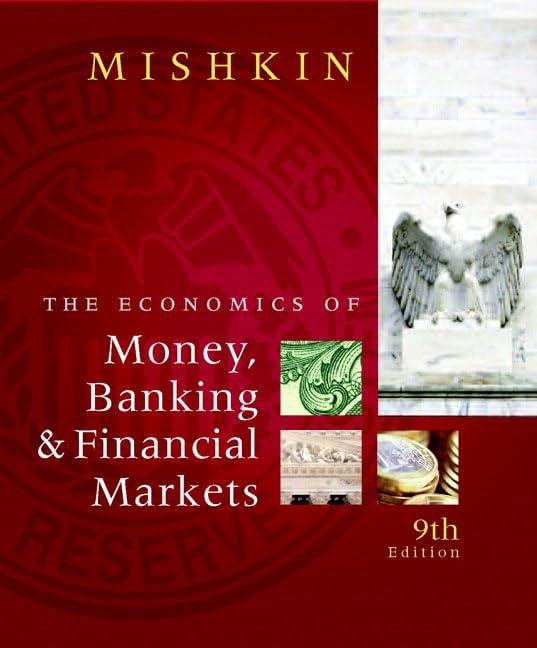Question
An investor can design a risky portfolio based on two stocks, a and b. stock a has an expected return of 21% and a standard
An investor can design a risky portfolio based on two stocks, a and b. stock a has an expected return of 21% and a standard deviation of return of 39%. stock b has an expected return of 14% and a standard deviation of return of 20%. the correlation coefficient between the returns of a and b is 0.4. the risk-free rate of return is 5%
The proportion of the optimal risky portfolio that should be invested in stock B is approximately_________. A. 29% B. 44% C. 56% D. 71% An investor can design a risky portfolio based on two stocks, A and B. Stock A has an expected return of 21% and a standard deviation of return of 39%. Stock B has an expected return of 14% and a standard deviation of return of 20%. The correlation coefficient between the returns of A and B is 0.4. The risk-free rate of return is 5%. E(rA) = 21% E(rB) = 14% ?(A) = Std Dev(A) =39% ?(B) = Std Dev(B) = 20% ?(A,B) = Correl(A,B) = .4 rf = Return(risk free) = 5% The expected return on the optimal risky portfolio is _________. A. 14% B. 16% C. 18% D. 19%
Step by Step Solution
There are 3 Steps involved in it
Step: 1

Get Instant Access to Expert-Tailored Solutions
See step-by-step solutions with expert insights and AI powered tools for academic success
Step: 2

Step: 3

Ace Your Homework with AI
Get the answers you need in no time with our AI-driven, step-by-step assistance
Get Started


